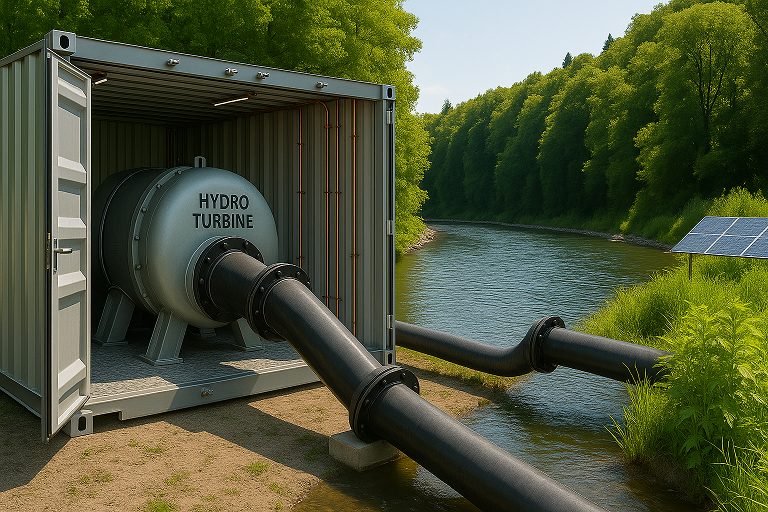
“weg energy complete solutions”
Weg & partners are providing our customers a full set of turn-key solutions
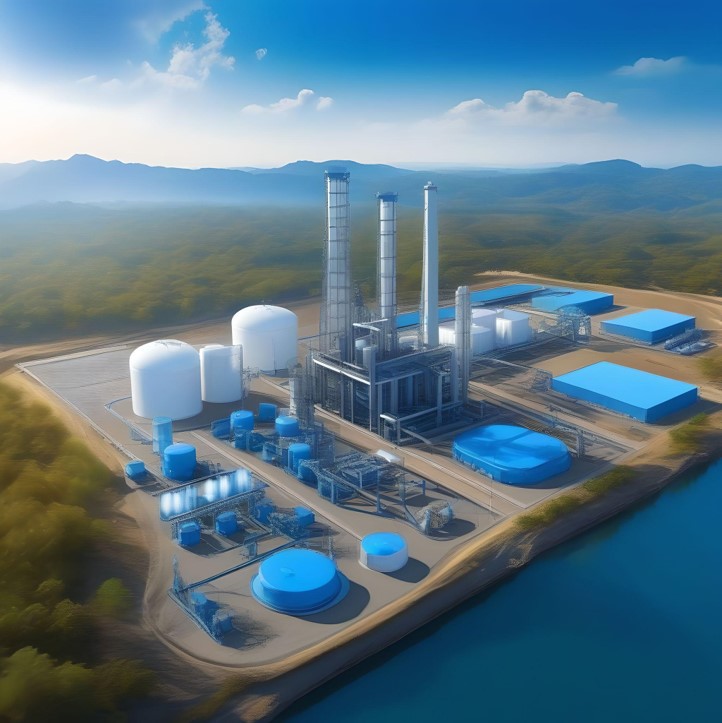

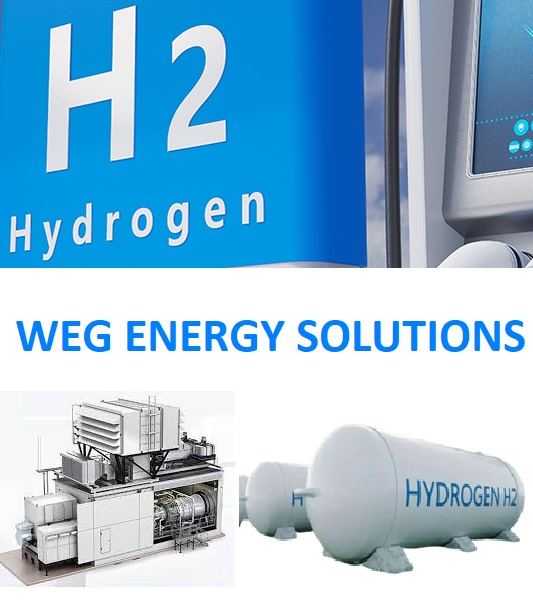

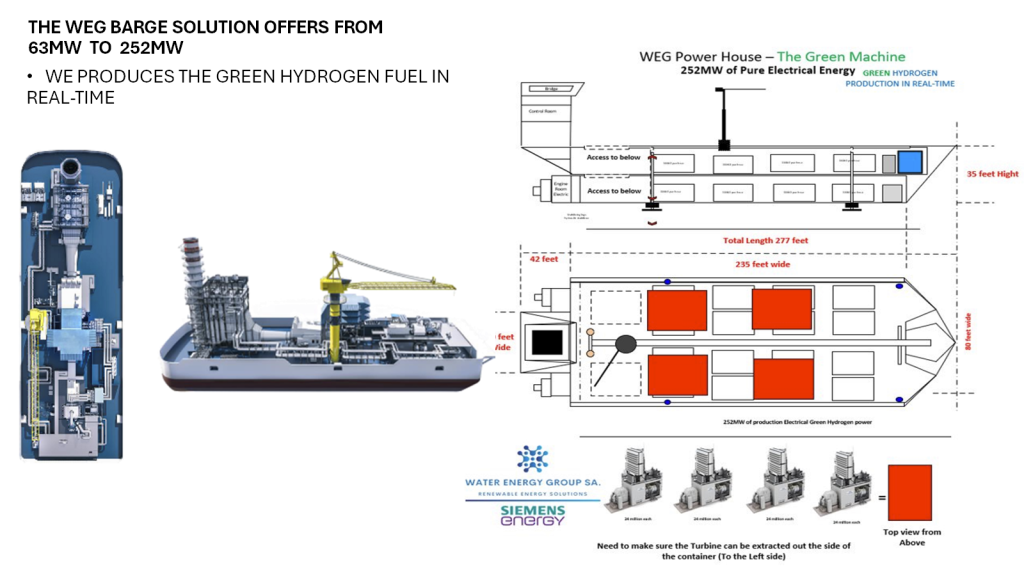
hydrogen FUEL TO STEAM TURBINE FROM 20mw TO 180mw
hydro ELECTRICAL POWER IN 40 FEET CONTAINERS 250KW TO MEGA-WATTS
hydrogen GAS LAND BASE SOLUTION
OFF-GRID CHARGING STATIONS USING SUPER-CAPACITORS @ fuel cell technology
hydrogen or steam turbine Barge solution green fuel turbines or Generators 100s of MW
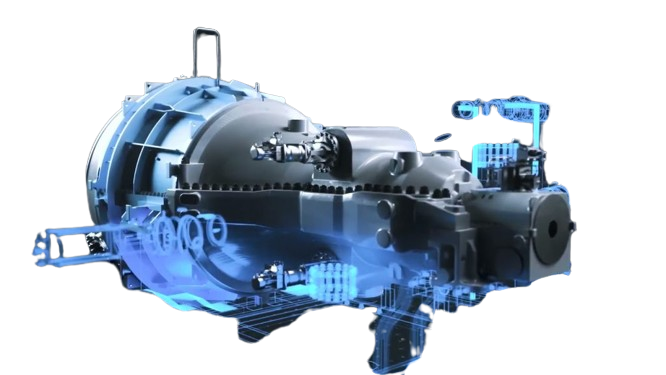
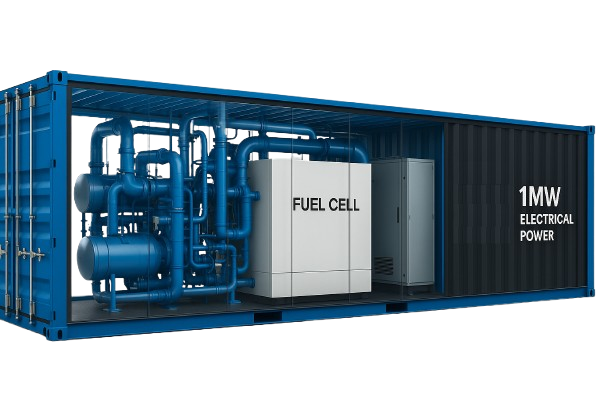


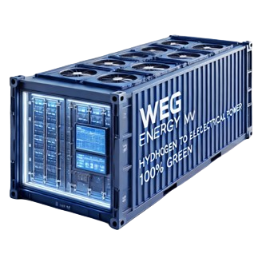
Steam made from 100% Green Fuel from 20MW to Hundreds of Megawatts Turbine
FUEL cell electrical power from hydrogen gas technology – kw to mega-watts
ONE TO 3mw super- CAPACITOR Battery’s STORAGE
HYDRO ELECTRICAL CONTAINER 250KW TO 1.5mw
ONE TO FOUR MW HYDROGEN CONTAINERS